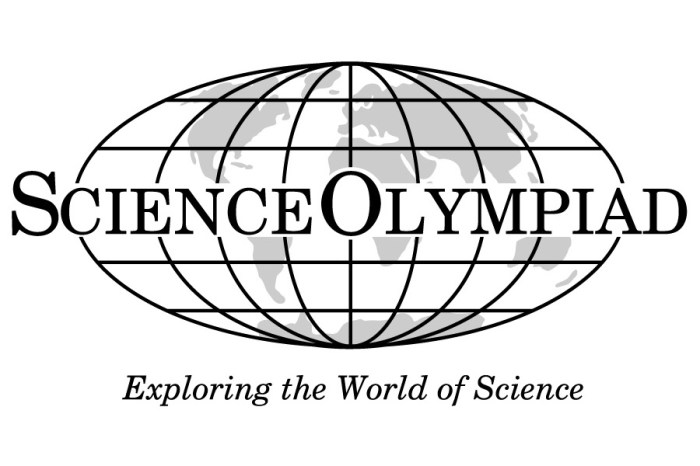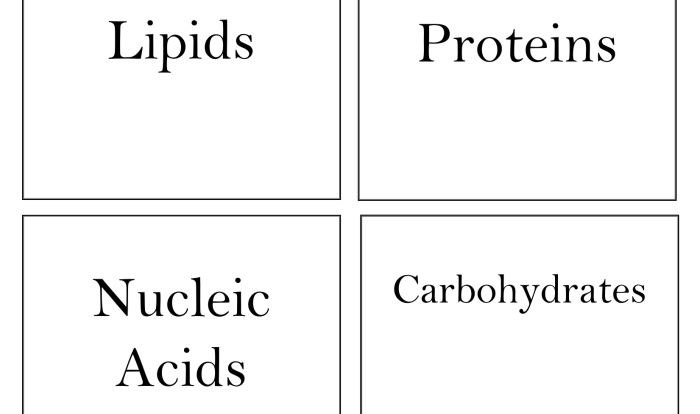Delving into the realm of Earth science, we present the Rocks and Minerals Science Olympiad Cheat Sheet, an invaluable resource designed to empower you with a comprehensive understanding of rocks and minerals. This cheat sheet serves as a concise and accessible guide, providing a solid foundation for success in Science Olympiad competitions and beyond.
Within this cheat sheet, you will embark on a journey through the fascinating world of rocks and minerals, exploring their fundamental concepts, analytical techniques, and diverse applications. Prepare to uncover the secrets hidden within Earth’s crust and unlock your potential in this captivating field.
Rocks and Minerals Science Olympiad Overview
The Science Olympiad is a competitive event that challenges students to apply their knowledge in various scientific disciplines, including rocks and minerals. The Rocks and Minerals Olympiad is a division within the Science Olympiad that focuses specifically on the study of rocks and minerals.
The competition is divided into different levels, including regional, state, and national competitions. Students participate in various events that test their knowledge of rocks and minerals, including identification, classification, and analysis.
Key Concepts in Rocks and Minerals
Definition of Rocks and Minerals, Rocks and minerals science olympiad cheat sheet
Rocks are solid aggregates of one or more minerals, while minerals are naturally occurring inorganic solids with a definite chemical composition and a crystalline structure.
Classification of Rocks
Rocks are classified into three main types based on their formation process:
- Igneous rocks: Formed from the cooling and solidification of molten rock.
- Sedimentary rocks: Formed from the accumulation and cementation of sediments.
- Metamorphic rocks: Formed when existing rocks are subjected to heat, pressure, or chemical alteration.
Classification of Minerals
Minerals are classified based on their chemical composition and crystal structure. There are various mineral groups, including silicates, carbonates, oxides, and sulfides.
Tools and Techniques for Rocks and Minerals Analysis: Rocks And Minerals Science Olympiad Cheat Sheet

Microscopes
Microscopes are used to examine the texture and mineral composition of rocks and minerals. Petrographic microscopes are specifically designed for studying thin sections of rocks.
Spectrometers
Spectrometers are used to analyze the chemical composition of rocks and minerals by measuring the wavelengths of light they absorb or emit.
X-ray Diffraction
X-ray diffraction is a technique used to determine the crystal structure of minerals by analyzing the diffraction patterns of X-rays.
Applications of Rocks and Minerals in Science and Industry

Construction
Rocks and minerals are used as building materials, such as granite, limestone, and marble.
Manufacturing
Minerals are used in the production of various products, including glass, ceramics, and fertilizers.
Energy Production
Fossil fuels (coal, oil, and natural gas) are derived from organic matter trapped in rocks.
Environmental Science
Rocks and minerals play a crucial role in water filtration, soil formation, and carbon sequestration.
Environmental Significance of Rocks and Minerals

Soil Formation
Rocks weather and break down to form soil, which provides nutrients for plant growth.
Water Quality
Rocks and minerals can filter and purify water by removing impurities and contaminants.
Climate Regulation
Rocks and minerals store carbon dioxide, which helps regulate the Earth’s climate.
Helpful Answers
What is the Science Olympiad?
The Science Olympiad is a prestigious competition that challenges students to excel in various science disciplines, including rocks and minerals.
What types of events are included in the Rocks and Minerals Science Olympiad?
Events may include rock and mineral identification, mineral analysis, and geological mapping.
What are the key concepts covered in the Rocks and Minerals Science Olympiad?
Key concepts include rock and mineral definitions, properties, classification, and formation processes.
How can I prepare for the Rocks and Minerals Science Olympiad?
Utilize resources such as textbooks, online materials, and practice tests to enhance your knowledge and skills.
